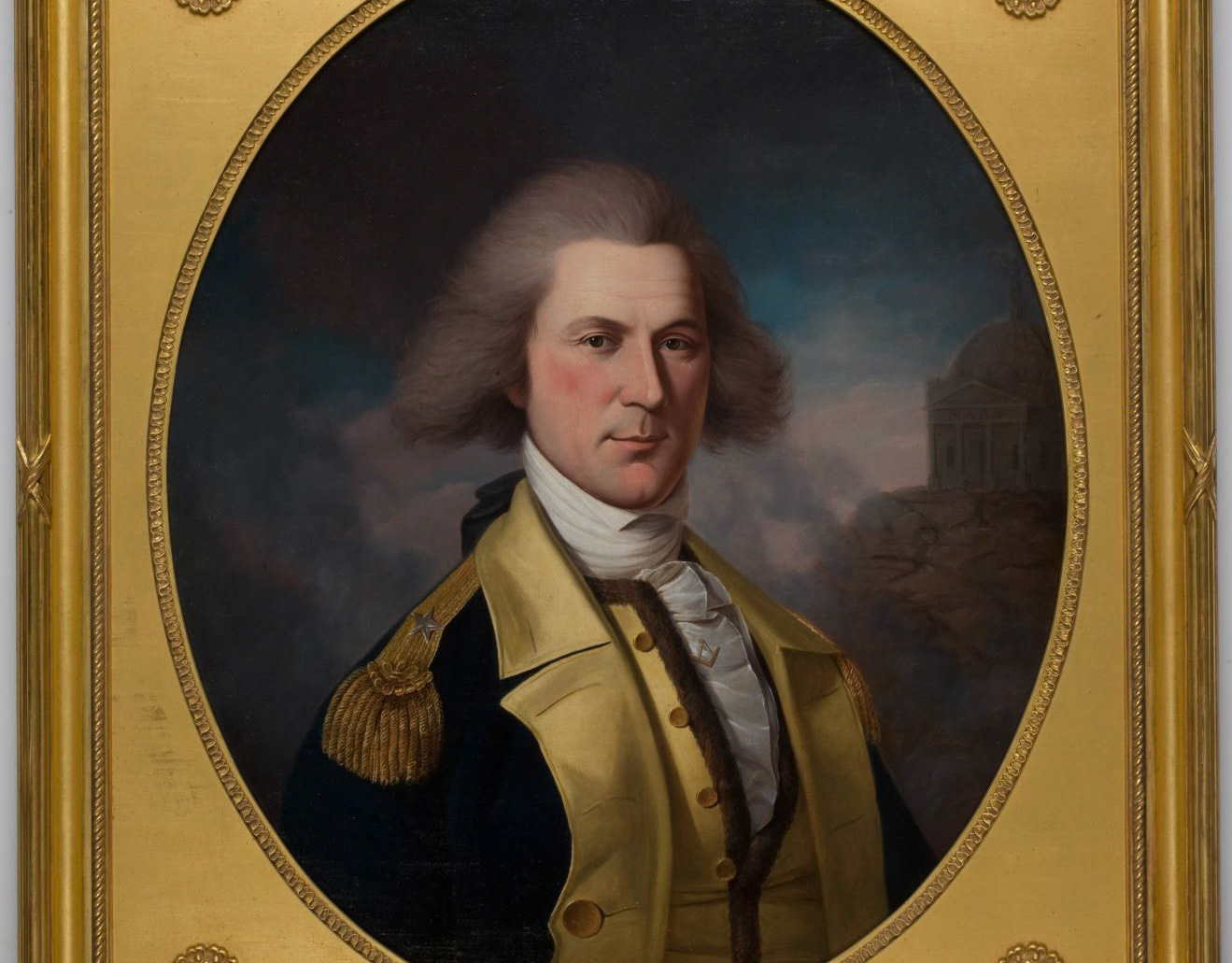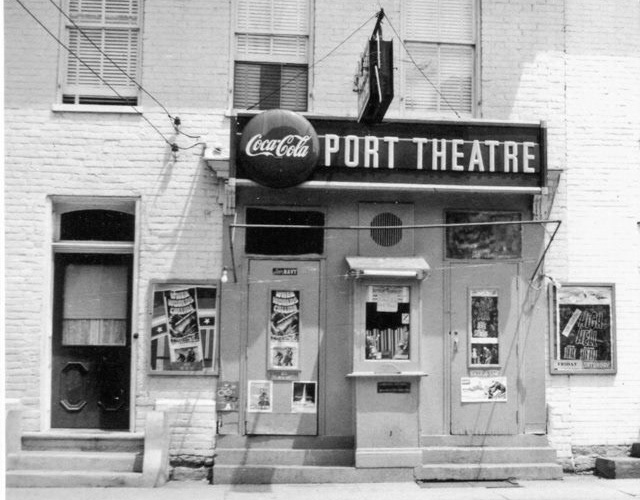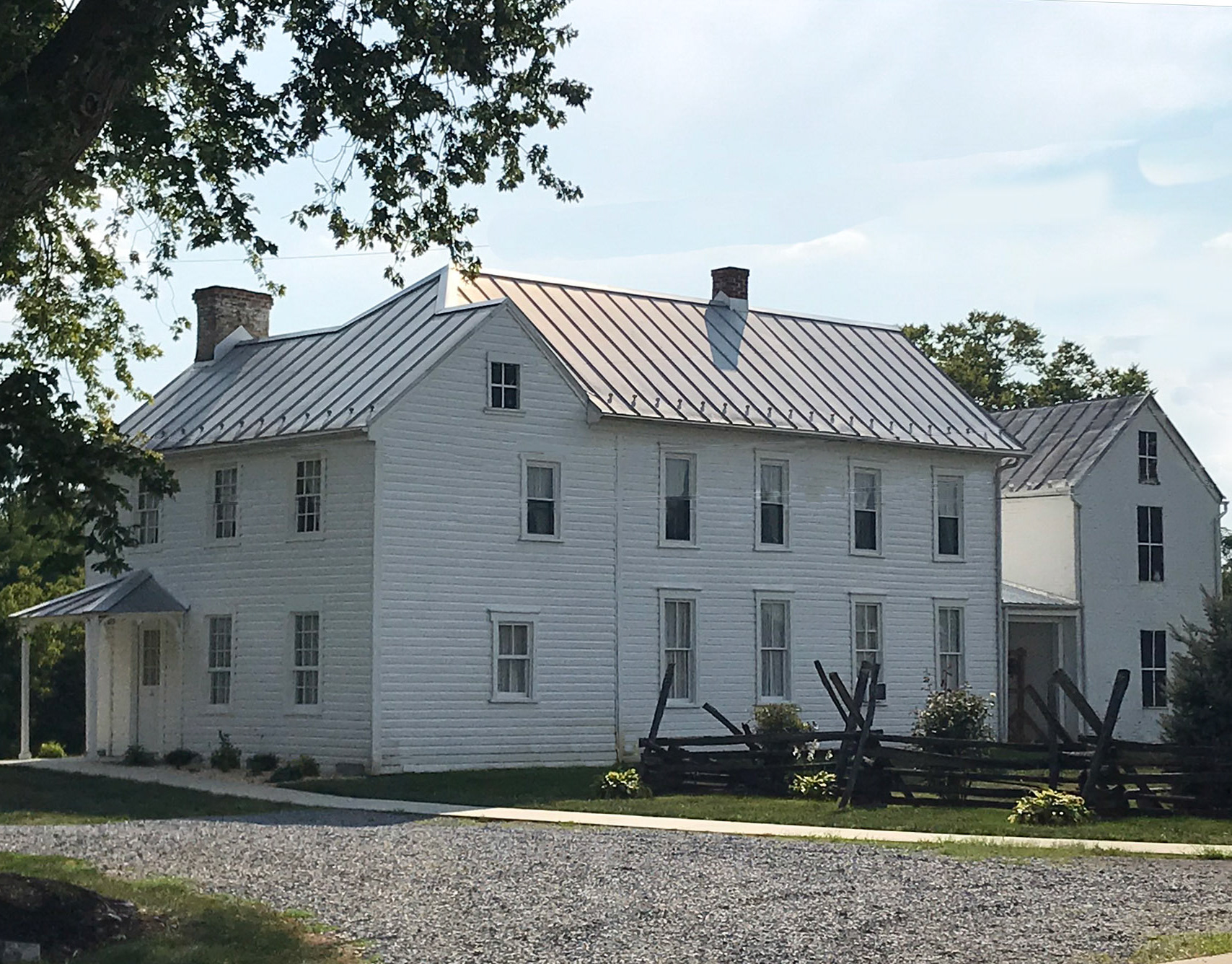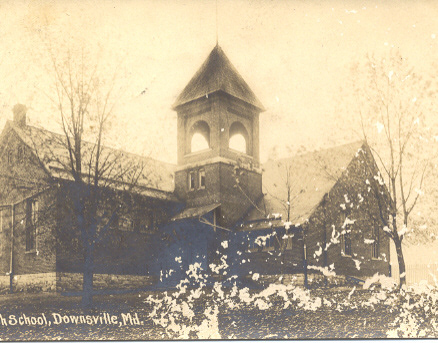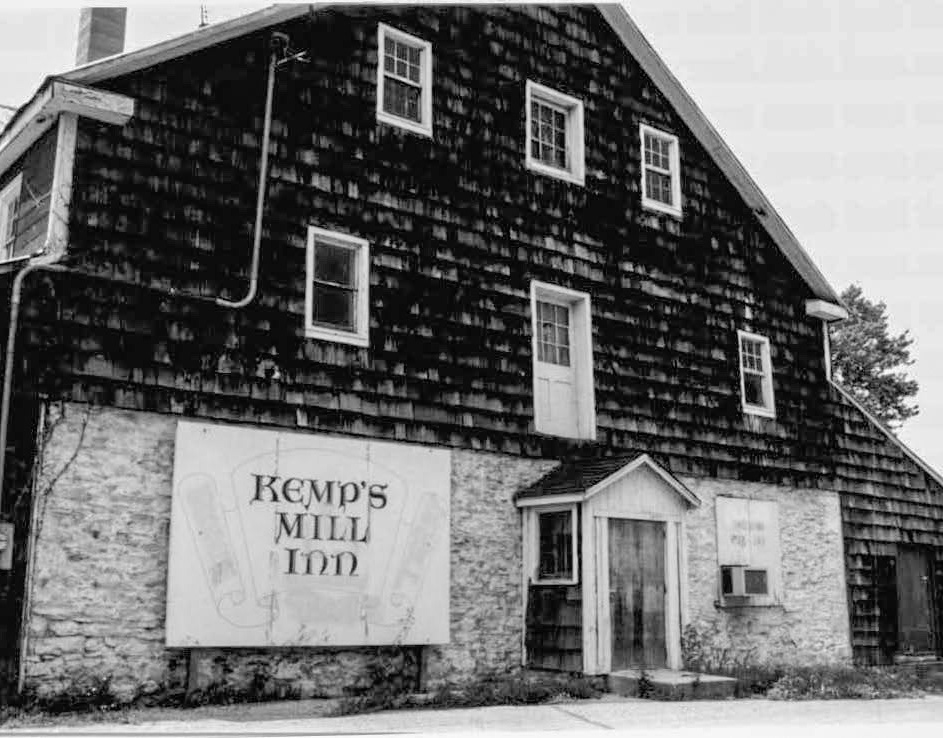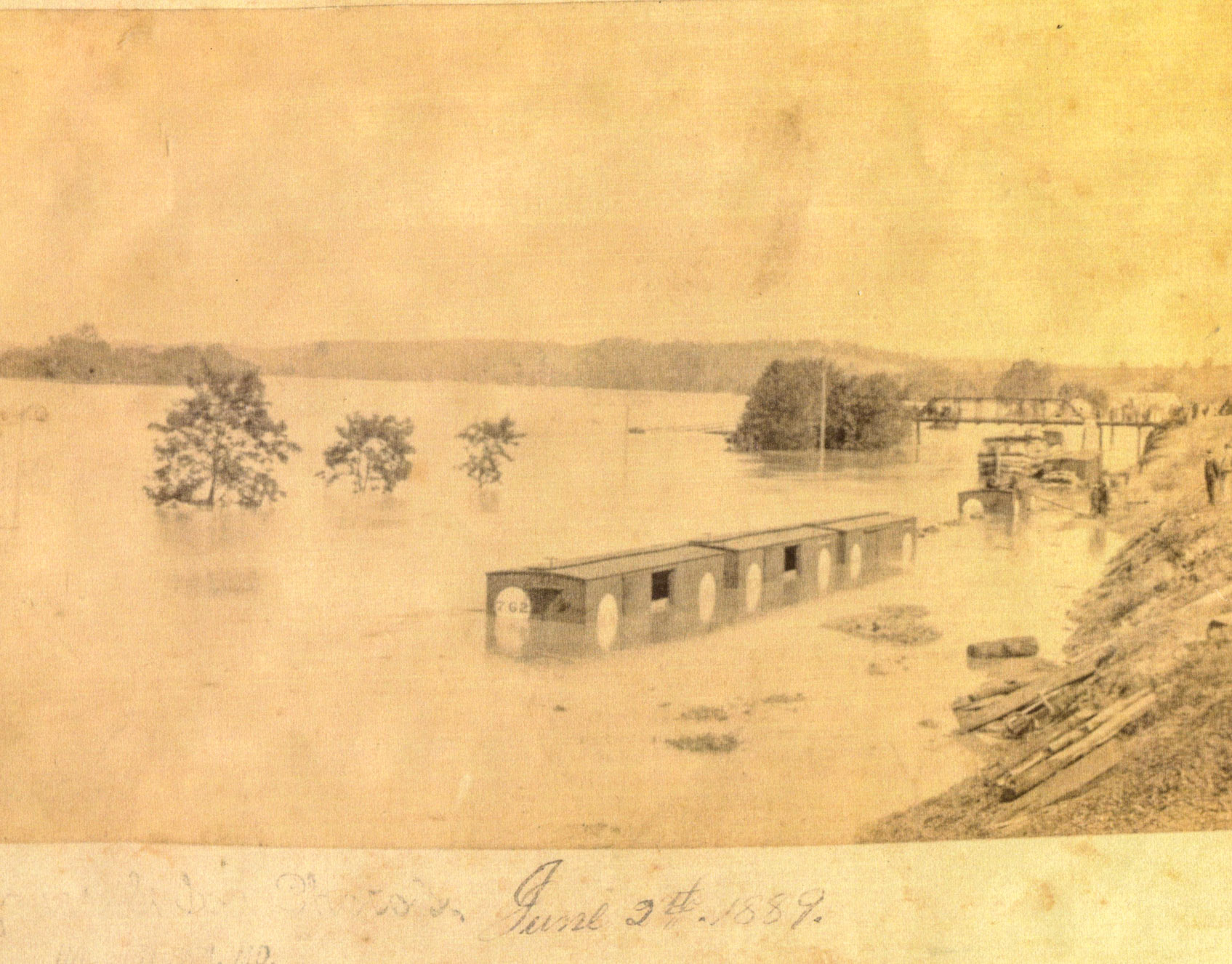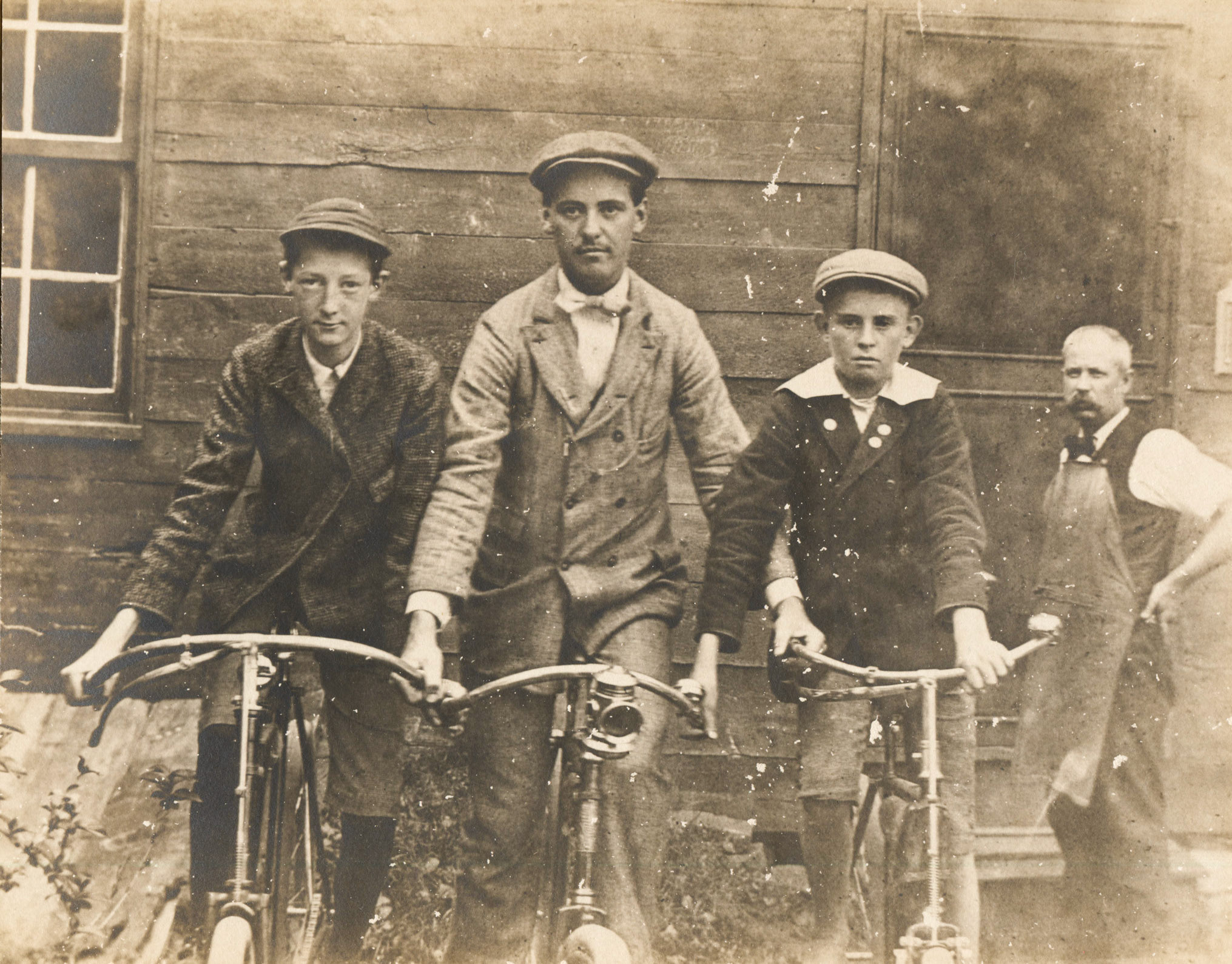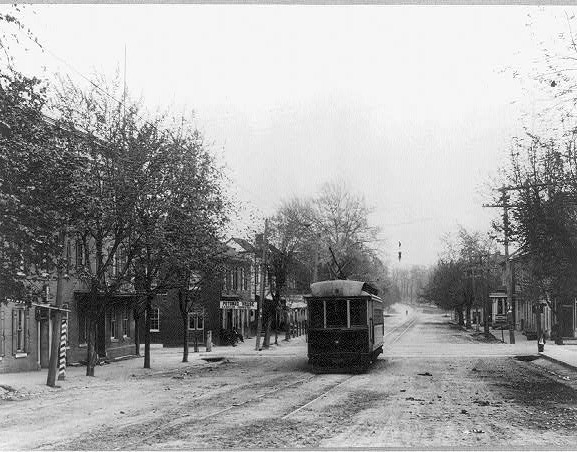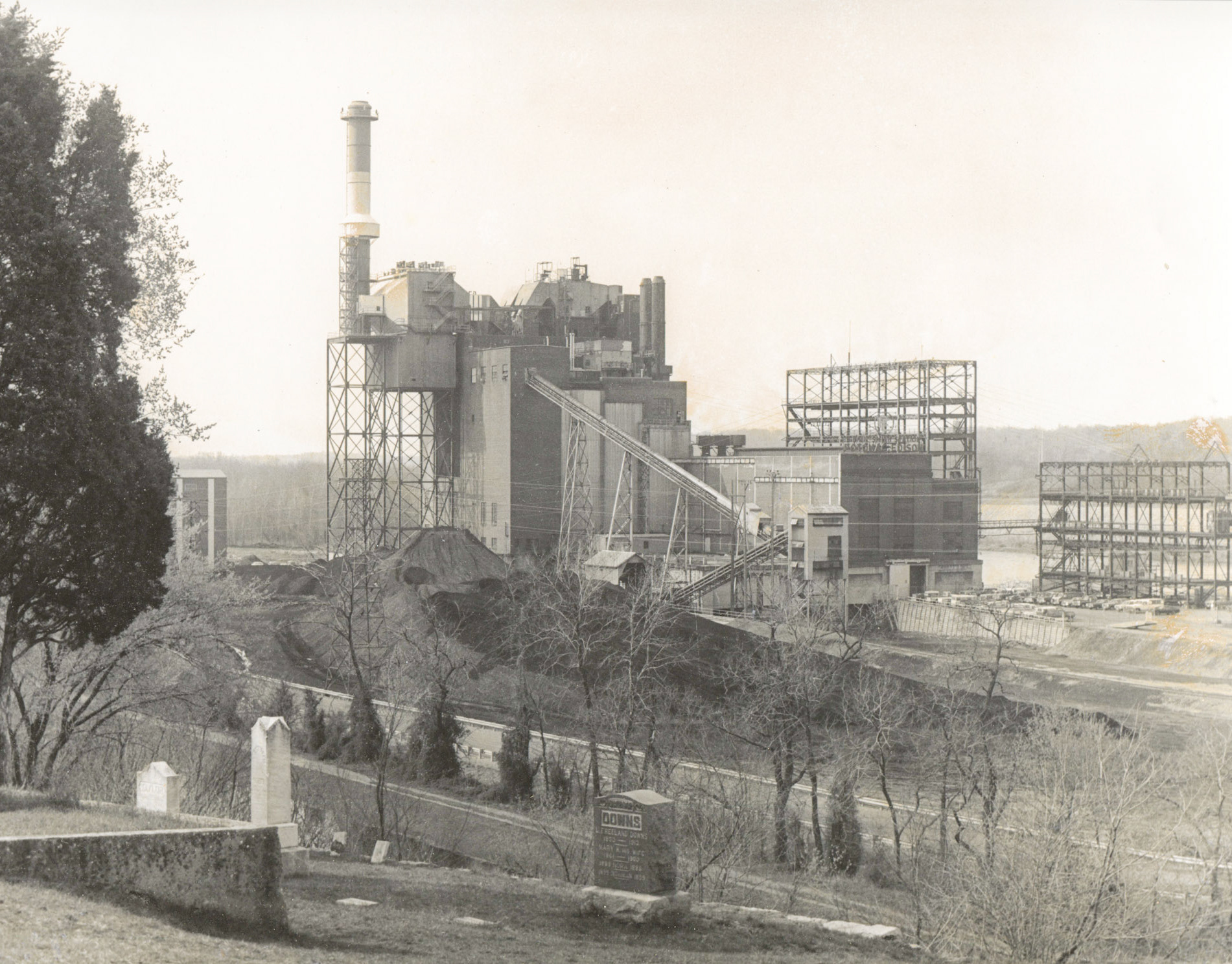The earliest ferry across the Potomac River in the Williamsport area (about 1731) was along the path of the "Great Waggon Road" that led from Pennsylvania through Maryland into central Virginia, and was operated by John Williams. That ferry crossed from the Maryland side of the Potomac River where Neck Road ends south of Williamsport and crossed the Potomac River to the mouth of the Opequon Creek in West Virginia (then Va).
Evan Watkins' (1709-1765) operated a ferry across from the Conococheague Creek as early as 1741, receiving a license from the Virginia House of Burgess in 1744. Watkins is reported to have been the builder of the home known as "Maidstone-on-the-Potomac" on the Virginia side of the river.
"By an act of the Virginia House of Burgesses, 1744, a ferry was established extending from the mouth of the Canagochego Creek in Maryland across the Patowmack to the Evan Watkins landing, about 250 yards southeast. This landing was also the entrance of Braddock's road into what is now Berkeley County, West Virginia, where Washington and Braddock crossed in 1755 on their way to Fort Duquesne. To the North East is Maidstone-on-the-Potomac, home of Evans Watkins, 1744."
Evan Watkins operated his ferry between Virginia and Maryland during the French & Indian War. On several occasions, future President George Washington reportedly was enraged that the soldiers garrisoned at Fort Maidstone would cross the Potomac to frequent the "taverns at the Mouth" of the Conococheague on the Maryland side of the river. In March of 1756, Ensign George Gordon, an officer in Robert Stewart’s company of light horse in the Virginia Regiment, stationed at Maidstone under the command of Colonel Washington, was killed in a "fray" in one of the taverns in Maryland.
After 1795, Watkins Ferry became Peter Light's ferry when Light purchased 400 acres in Virginia that included Maidstone and the rights to operate the ferry.
In 1854, ownership of the ferry transferred to Robert Lemen, Peter Light's son-in law. Lemen improved the ferry operations by attaching a cable across the river. Prior to the installation of a cable, boats were towed upstream to a release point from which they hoped the current would carry the boat to the right spot on the opposite bank. In 1870, Robert Lemen's (1813-1898) daughter, Eliza Virginia Lemen (1852-1911), married Charles Andrew Ardinger (1851-1900) of Williamsport, and the Ardinger's assumed the ferry operations.
Charles Ardinger died in 1900 and Eliza continued to operate the ferry until 1908 when the Washington Berkeley Bridge Company opened the bridge. The last ferry owner, Mrs. Elizabeth Ardinger sued the Washington Berkeley Bridge Company for lost revenue, however she died before her case could be heard by the courts.
Prior to the completion of the bridge from West Virginia to Williamsport in 1908, this ferry was the only means of crossing the Potomac River.
“This ferryboat had a wire cable overhead, stretching from bank to bank, on which ran two small wheels, and the stern of the flatboat being loosened so as to make the water strike the side obliquely like the wind on the sails of a vessel, the force of the current drove the boat over, like sailing on the wind.” McHenry Howard, Recollections of a Maryland Confederate Soldier and Staff Officer under Johnston, Jackson and Lee, p. 217.
Photo from 1908 showing the frames for the concrete piers for the new bridge owned by the Washington-Berkeley Bridge Company. The bridge was completed in August of 1908, and the ferry closed operations.
Charles Ardinger aboard his ferry boat.


